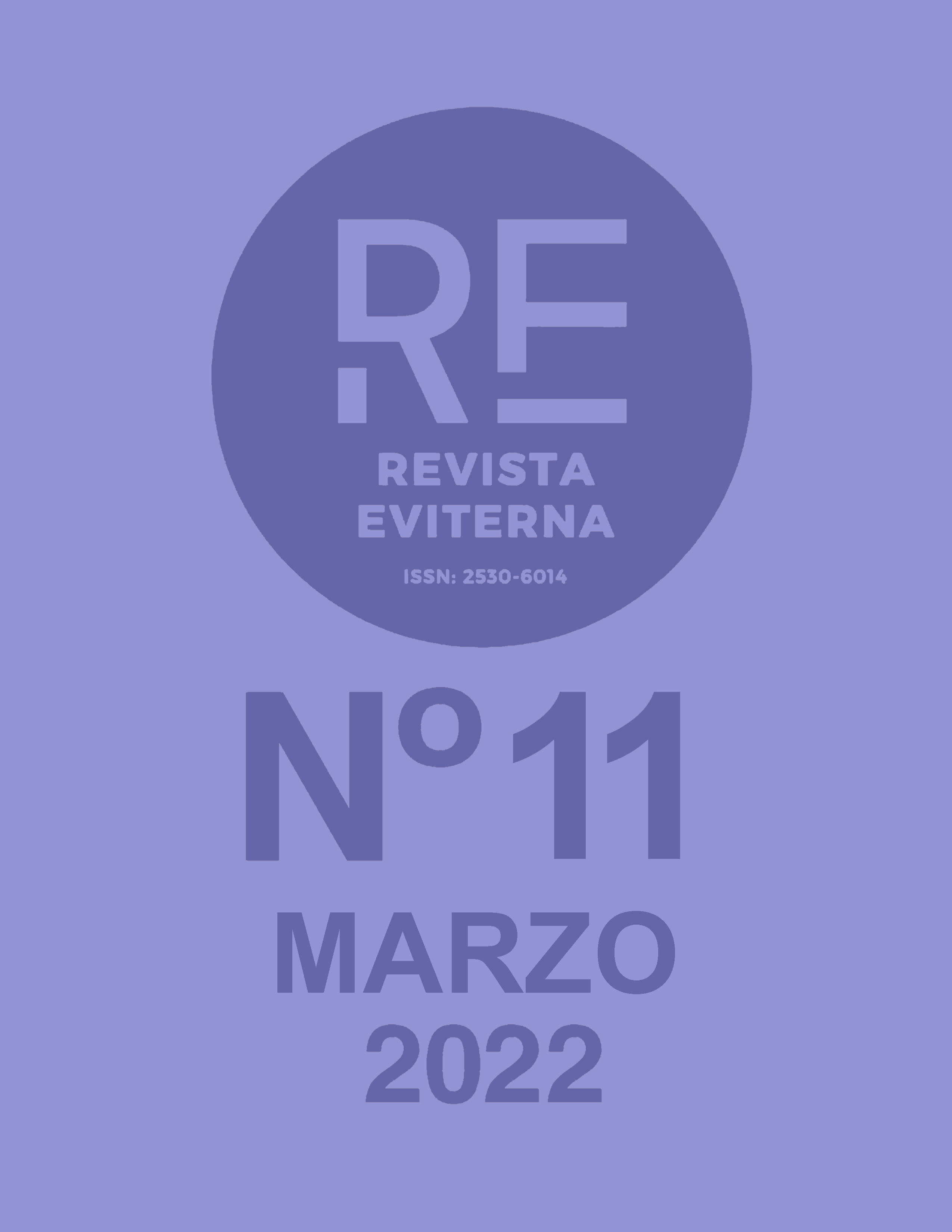Theatre scenes in medieval road-movies:
Iconographic hybridity, irony and secularity in John Huston's Walk whit the love and the death (1969)
DOI:
https://doi.org/10.24310/Eviternare.vi11.13984Keywords:
Film History, Medieval Theatre, Road-Movies, Iconography, John HustonAbstract
The insertion of theatrical scenes in film plots is generally of a programmatic nature, which is even more evident in the road-movie genre. We analyse the theatrical scene that appears in John Huston's Walk with the Love and the Death (1969), whose cinematographic sense is reinforced by the fact that it does not appear in the novel that inspired the film. We study the resources of the plot and the profile of the characters, such as the scenery and unique costumes, despite the exceptional nature of the scene. From the analysis, it can be seen how the stage representation largely fails to comply with the guidelines of medieval theatre even in its advanced stages, by emphasising secular symbolism over religious symbolism, by ironically relying on a story based on children's tales instead of an allegorical imaginary and, finally, by hybridising medieval themes with icons of the French Revolution and themes from later American literature. Such an antithesis reinforces, by contrast, the understanding of late medieval theatre.
Downloads
Metrics
References
Alonso, J. J., Mastache, E., & Alonso, J. (2008). La Edad Media en el Cine. Madrid: T&B Ediciones.
Barrio Barrio, J. A. (2005). “La Edad Media en el cine del siglo XX”. Medievalismo, 15, pp. 241-268. Recuperado de https://revistas.um.es/medievalismo/article/view/51131
Bernau, A, & Bildhauer, B, (edd.) (2009). Medieval Film. Manchester: Manchester University Press.
Bordier, J.-P. (1986). “Rome contre Jérusalem: la légende de la Vengeance Jhesucrist”. Poirion, D. (ed.), Rome, Jérusalem, Constantinople: image et mythe de la ville. Paris: Publications de la Sorbonne, pp. 93-123.
Christensen, P. G. (2010). “A Walk with Love an Death: From the Jacquerie of 1358 to the Turbulence of 1968”. Tracy, Tony, & Flynn, Rody (edd.), John Huston: Essays on a restless Director. Jefferson (N.C.): McFarland & Co, pp. 160-172.
Cohen, A., & Lawton, H. (1997). John Huston. A Guide to References and Resources. New York: G.K. Hall & Co.
Dominguez, V. (ed.) (2009). Renaissance du Théâtre Médiéval. Louvain-la-Neuve: Presses Universitaires de Louvain.
Dragomirescu, C. (2010). “Le théâtre médiéval au cinéma: Référence, métaphore, métamorphose”. Abiker, S., Besson, A., & Plet-Nicolas, F. (edd.), Le Moyen Age en jeu. Bordeaux: Presses Universitaires de Bordeaux, pp. 215-227.
Dragomirescu, C. (2011). “Construction et rôle des personnages de messagers dans les manuscrits de mystères pour la lecture: Le cas de La Vengeance Nostre Seigneur, de Eustace Marcadet”. Leroux, X. (ed.), Vers une poétique du discours dramatique au Moyen Age. Paris: Champion, pp. 37-61.
Firnhaber-Baker, J. (2021). The Jackerie of 1358: A French Peasant´s Revolt. Oxford: Oxford University Press.
García-Manso, A., & Tovar Paz, F. J. (2021). “Entender el teatro medieval a través del arte fílmico: El Séptimo Sello (1957), de Ingmar Bergman”. Talía. Revista de Estudios Teatrales, 3, pp. 135-141.
Gorgievski, Sandra (1999). “A Walk with Love and Death de John Huston: Une promenade en forme de rêverie philosophique”. Bulletin des Anglicistes Médiévistes, 55, pp. 61-71.
Harty, K. (1999). “The medieval as context – The medieval as pretext: John Huston´s A Walk with Love and Death”. Bulletin des Anglicistes Médiévistes, 55, pp. 49-59.
Heredero., C. F. (2006). “La victoria en el fracaso. Aventuras hustonianas”, Nosferatu. Revista de cine, 51, pp. 58-63.
King, P. M. (ed.) (2017). The Routledge Research Companion to Early Drama and Performance. New York: Routledge.
McFarland, D., & King, W. (edd.) (2017). John Huston as adaptor. New York: State University of New York Press.
Oliva Olivares, C, & Torres Monreal, F. (2002). Historia básica del arte escénico. Madrid: Cátedra.
Potter, R. (2009). “The Brechtian Dimensions of Medieval Drama”. Dominguez, V. (ed.), Renaissance du Théâtre Médiéval. Louvain-la-Neuve: Presses Universitaires de Louvain, pp. 203-218.
Tracy, T., & Flynn, R. (edd.) (2010). John Huston. Essays on a Restless Director. Jefferson N.C.: McFarland & Co. Publishers.
Vilches Fernández, R. (2009). “Un paseo por el amor y la muerte”. Martos Sánchez, J. Ll., & García Sempere, M. (edd.), L´edat mitjana en el cinema i en la novel-la històrica. València: Institut Interuniversitari de Filologia Valenciana, pp. 567-576.
Weigert, Laura (2010). “Theatricality in Tapestries and Mistery Plays and his Afterlife in Painting”. Art History, 33, 224-235. DOI: 10.1111/j.1467-8365.2009.00739.x
Wright, S. K. (2002). “The Destruction of Jerusalem. An Annotated Checklist of Plays and Performances, ca. 1350–1620”. Research Opportunities in Renaissance Drama, 41, pp. 129-154.
Ziolkowski, J. M. (2018). The Juggler of Notre Dame and the Medievalizing of Modernity. Cambridge: Open Book.
Downloads
Published
How to Cite
Issue
Section
License
All the contents published in Revista Eviterna are subject to the Creative Commons Reconocimento-NoComercia-Compartirigual 4.0 license, the full text of which can be found at <http://creativecommons.org/licenses/by-nc-sa/4.0>
They may be copied, used, disseminated, transmitted and publicly exposed, provided that:
The authorship and original source of your publication (Journal, editorial and URL of the work) are cited.
They are not used for commercial purposes.
The existence and specifications of this use license are mentioned.

Copyright is of two kinds: moral rights and patrimonial rights. Moral rights are perpetual, inalienable, inalienable, inalienable, inalienable and imprescriptible prerogatives.
In accordance with copyright legislation, Revista Eviterna recognizes and respects the moral rights of the authors, as well as the ownership of the economic right, which will be transferred to the University of Malaga for dissemination in open access.
The economic rights refer to the benefits obtained by the use or disclosure of the works. Revista Eviterna is published in open access and is exclusively authorized to carry out or authorize by any means the use, distribution, disclosure, reproduction, adaptation, translation or transformation of the work.
It is the responsibility of the authors to obtain the necessary permissions of the images that are subject to copyright.






12.png)
